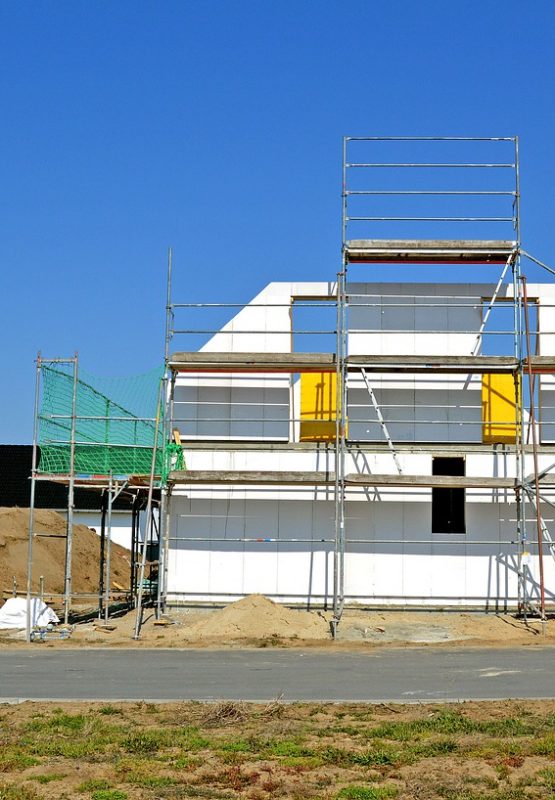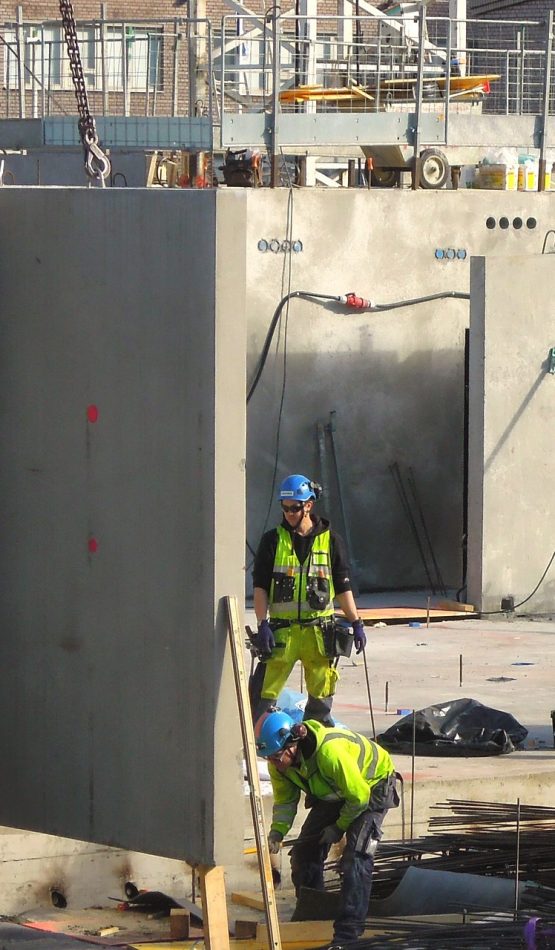Prefabricated Housing
Prefabricated Houses
Prefabricated’ may refer to buildings built in components (e.g. panels), modules (modular homes) or transportable sections (manufactured homes), and may also be used to refer to mobile homes, i.e., houses on wheels. Although similar, the methods and design of the three vary widely. There are two-level home plans, as well as custom home plans. There are considerable differences in the construction types. In the U.S., mobile and manufactured houses are constructed in accordance with HUD building codes, while modular houses are constructed in accordance with the IBC (International Building Code).
Modular homes are created in sections, and then transported to the home site for construction and installation. These are typically installed and treated like a regular house, for financing, appraisal and construction purposes, and are usually the most expensive of the three. Although the sections of the house are prefabricated, the sections, or modules, are put together at the construction much like a typical home. Manufactured and mobile houses are rated as personal property and depreciate over time.
Manufactured homes are built onto steel beams, and are transported in complete sections to the home site, where they are assembled.
Mobile homes are built on wheels, that can be moved.
Mobile homes and manufactured homes can be placed in mobile home parks, and manufactured homes can also be placed on private land, providing the land is zoned for manufactured homes.


Manufactured Homes
Constructing manufactured homes typically involves connecting plumbing and electrical lines across the sections, and sealing the sections together. Manufactured homes can be single, double or triple-wide, describing how many sections wide it is. Many manufactured home companies manufacture a variety of different designs, and many of the floorplans are available online. Manufactured homes can be built onto a permanent foundation, and if designed correctly, can be difficult to distinguish from a stick-built home to the untrained eye.
Manufactured homes are typically purchased from a retail sales company, initially assembled by a local contracting company, and follow-up repairs performed by the manufactured home company under warranty.
A manufactured home, once assembled, goes through a ‘settling-in’ period, where the home will settle into its location. During this period, some drywall cracking may appear, and any incorrectly installed appliances, wiring or plumbing should be repaired, hopefully under warranty. If not covered under warranty, the costs will be borne by the consumer. For this reason, it is important that the consumer ensure that a reputable and honest contractor is used for the initial set-up. If any repairs are not completed by the initial set-up crew, the manufacturer will send repair crews to repair anything covered by the warranty. The secondary repair team must be scheduled, and may not be available immediately for most repairs. Just because a manufactured home has been assembled does not mean it is immediately habitable; appropriate ventilation, heating, plumbing, and electrical systems must be installed by a set-up crew, otherwise, the buyer must wait for the manufacturer repair team or do it themselves.
